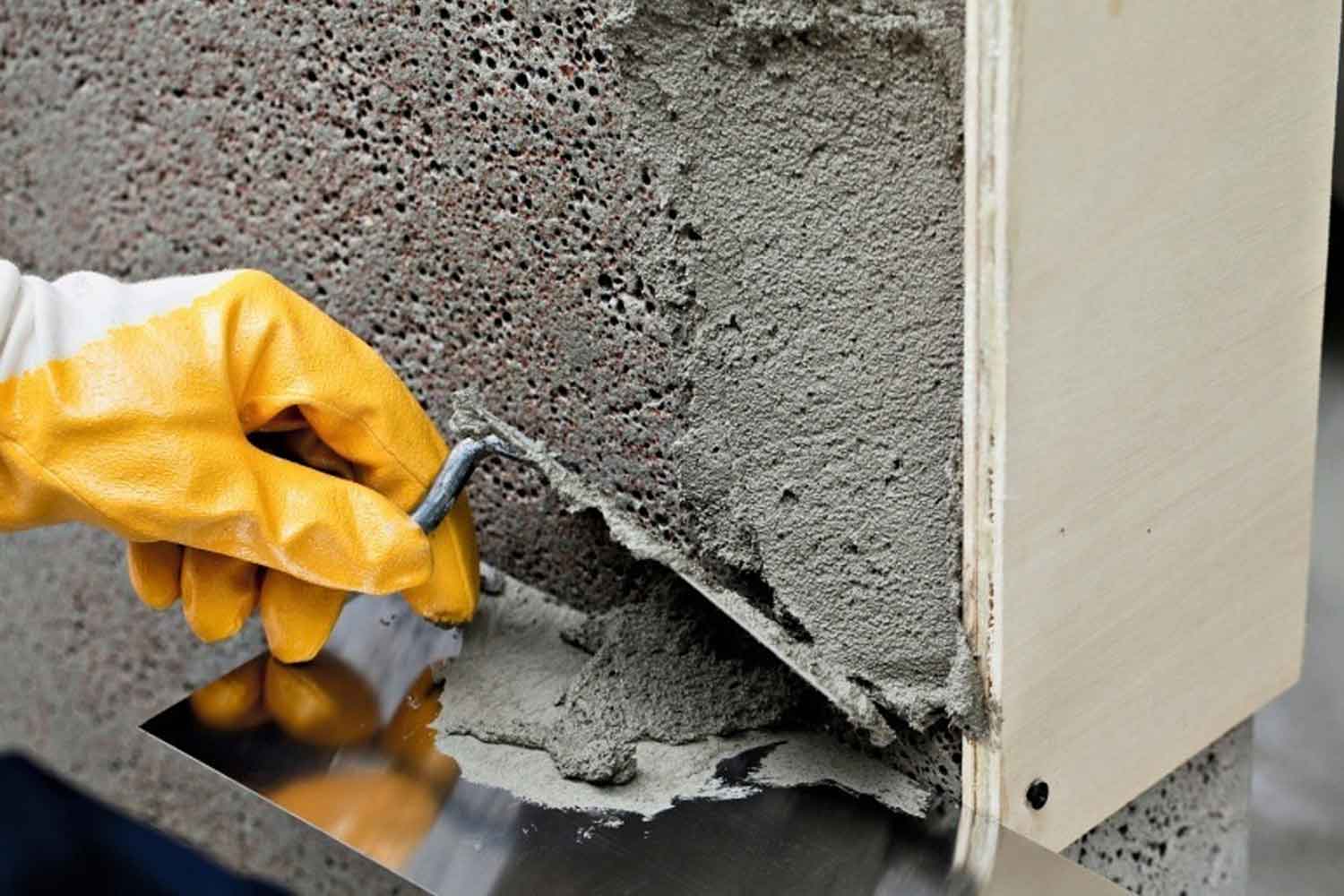
Structural concrete plays a critical role in the durability and stability of buildings, bridges, and other infrastructures. Over time, wear and tear, environmental factors, and foundational shifts can lead to cracks, spalling, or other damages that require immediate attention. If you’re considering structural concrete repair in New York, understanding the process and what to expect can help you make informed decisions. Here’s a comprehensive guide to walk you through the essential aspects of this vital service.
Understanding Structural Concrete Repair
Structural concrete repair involves the restoration of concrete structures to their original integrity and functionality. This process is not just about filling cracks; it addresses the underlying causes of the damage to ensure long-lasting results. Whether it’s for commercial buildings, residential properties, or public infrastructure, the goal is to prevent further deterioration and ensure safety.
Assessment and Diagnosis
The first step in any structural concrete repair project is a thorough assessment. Professional contractors in New York often use advanced techniques such as ground-penetrating radar (GPR) and ultrasonic testing to evaluate the extent of the damage.
What to Expect During the Inspection:
- Visual Inspection: Contractors will check for visible signs of damage like cracks, discoloration, or exposed reinforcement bars.
- Structural Analysis: Engineers may perform calculations to determine the impact of the damage on the building’s integrity.
- Moisture Testing: High moisture levels can accelerate deterioration, making this a crucial part of the assessment.
Customized Repair Plans
Every structural concrete repair project is unique, and the solutions are tailored to the specific needs of the structure. After the assessment, contractors will propose a repair plan, detailing the methods, materials, and timeline.
Common Repair Techniques:
- Epoxy Injection: Used for filling cracks and restoring structural strength.
- Carbon Fiber Reinforcement: A lightweight yet strong material applied to enhance the structural capacity.
- Spalling Repair: Removal of damaged concrete and replacement with fresh material.
- Cathodic Protection: A corrosion-prevention method for reinforced steel.
Expect your contractor to explain each step of the plan, ensuring you understand how the repairs will address the root causes.
Permits and Regulations
New York’s strict building codes and regulations make compliance a critical part of structural concrete repair. Contractors must obtain the necessary permits before commencing work.
What You Need to Know:
- Building permits ensure that the repair work aligns with New York City Department of Buildings (DOB) standards.
- Contractors should handle all the paperwork and approvals, saving you time and hassle.
- Non-compliance can lead to penalties or additional repairs, so always work with licensed professionals.
The Repair Process
Once all the assessments and permits are in place, the repair process begins. This typically involves:
- Site Preparation: The area is cleared, and protective measures are installed to ensure safety.
- Damage Removal: Contractors remove deteriorated concrete and clean the area to prepare for repairs.
- Structural Reinforcement: Depending on the damage, reinforcement bars or carbon fiber may be added.
- Concrete Application: New concrete or patching material is applied and allowed to cure.
- Finishing Touches: Surface treatments, waterproofing, or coatings are applied for added durability.
The timeline for repairs can vary based on the size and complexity of the project, but professional contractors will keep you informed throughout.
Post-Repair Inspections and Maintenance
After the repair is complete, a final inspection ensures the work meets quality standards. In New York, certified engineers may sign off on the repairs, confirming the structure’s safety.
Tips for Long-Term Maintenance:
- Schedule regular inspections to catch issues early.
- Address minor cracks or leaks promptly to prevent larger problems.
- Use sealants or coatings to protect concrete from harsh weather conditions.
Choosing the Right Contractor
The success of structural concrete repair depends largely on the expertise of the contractor. When selecting a service provider in New York, prioritize the following:
- Experience: Look for contractors with a proven track record in structural repairs.
- Licensing and Certification: Verify that they are licensed and comply with New York’s building codes.
- References: Request references or reviews to gauge their reliability and quality of work.
- Warranty: A reputable contractor will offer a warranty for their repairs, ensuring peace of mind.
Why Timely Repairs Matter
Delaying structural concrete repairs can lead to higher costs, safety risks, and potential property devaluation. By addressing issues promptly, you ensure the longevity of your structure and the safety of its occupants.
Conclusion
Structural concrete repair in New York is a critical investment in the safety and durability of your property. By understanding the process, from assessment to post-repair maintenance, you can confidently navigate this essential service. Always prioritize skilled contractors who follow industry standards and offer transparent communication. In doing so, you’ll not only restore your structure but also protect it for years to come.





Leave a Reply